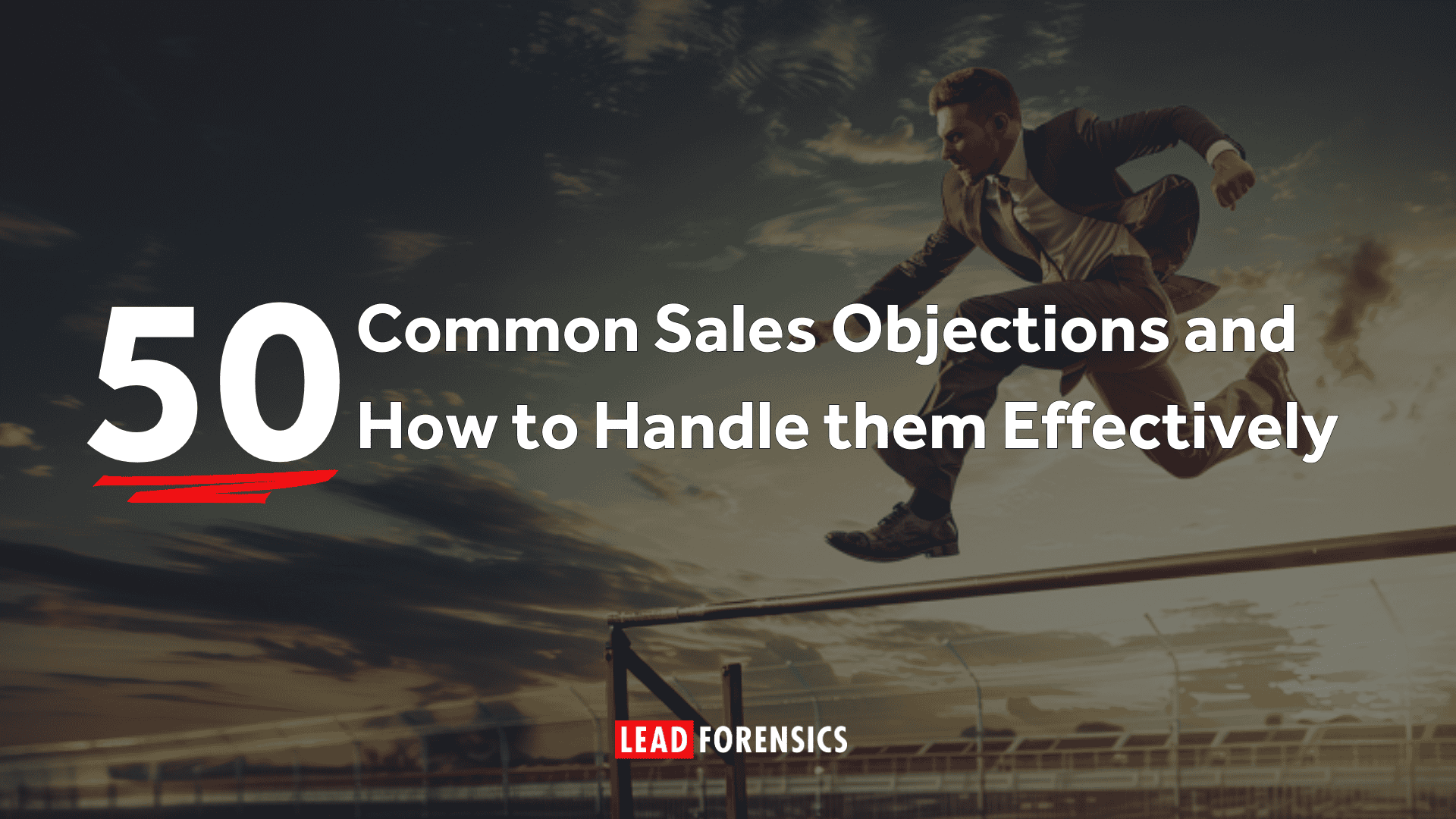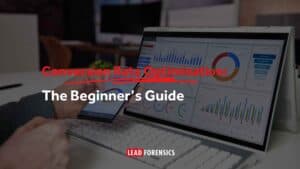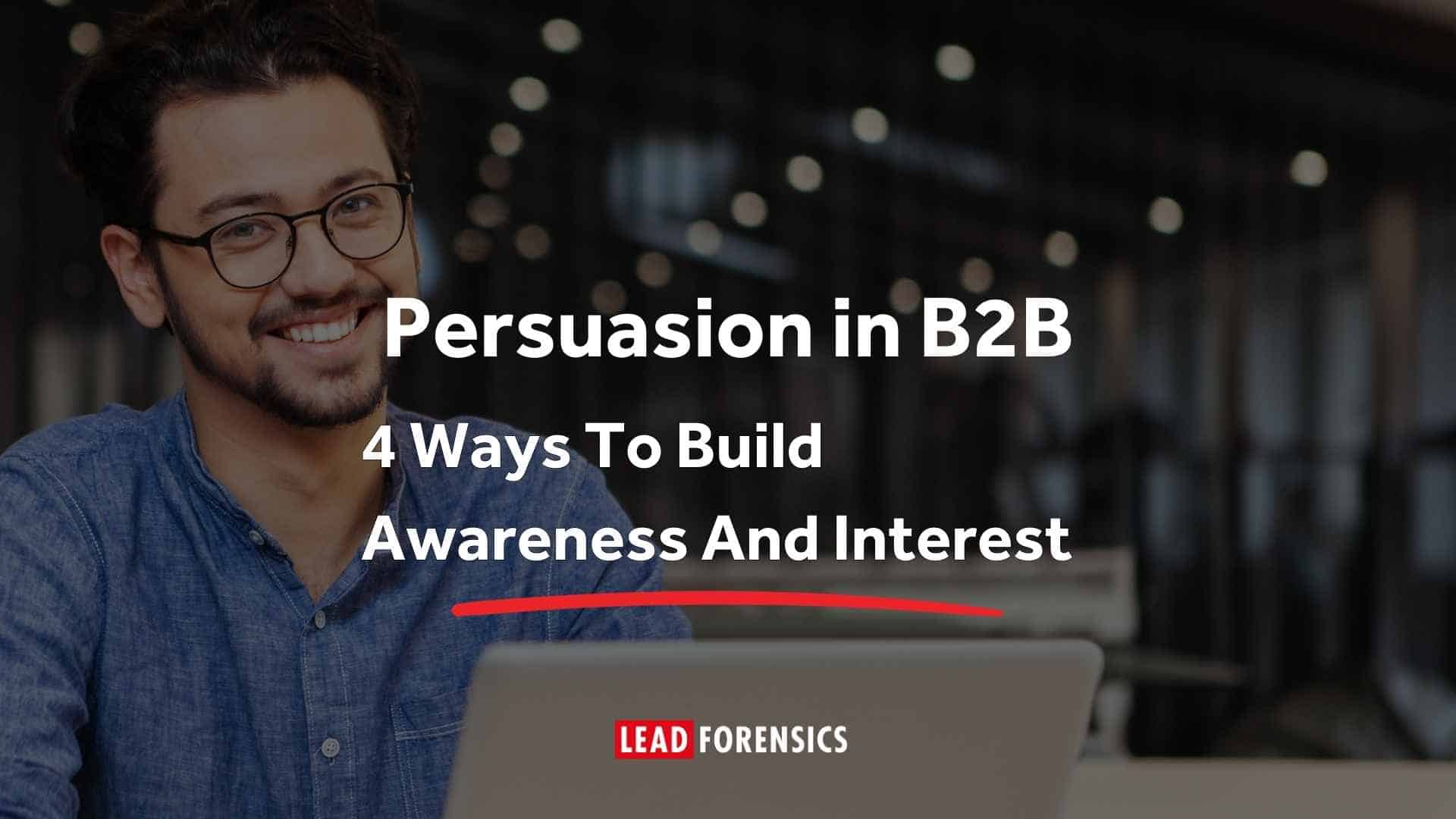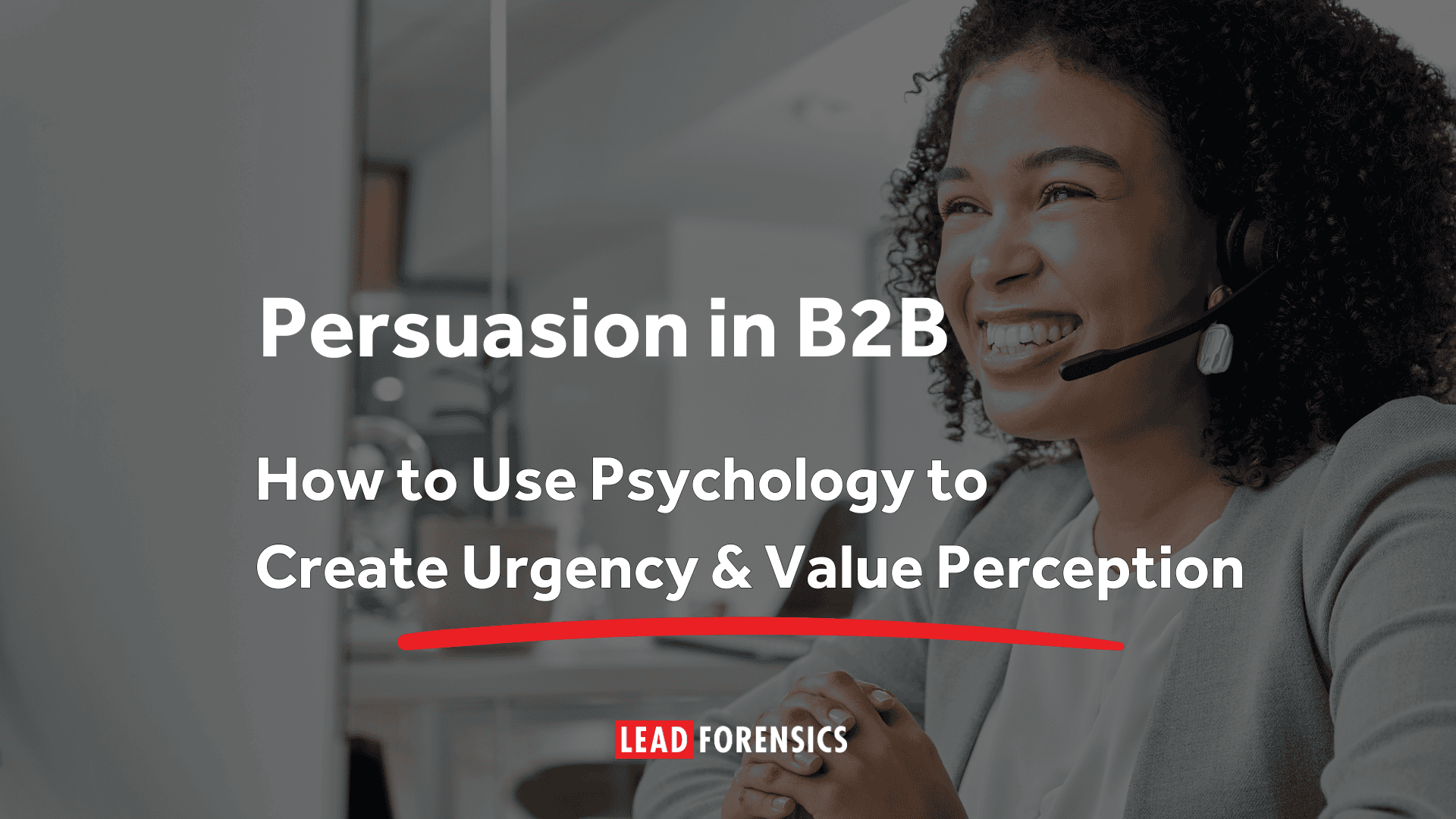The key lies in having a response strategy. This blog equips you with 50 common sales objections, categorized for easy reference, along with effective responses to turn those objections into stepping stones towards closing the deal.
Objections: Price & Budget
1. “It’s too expensive.” (Most common objection!)
Response: Acknowledge the concern and focus on value. Explain how your product or service will save them money in the long run, increase efficiency, or generate new revenue streams. Offer tiered pricing options or highlight hidden costs associated with their current solution.
2.”There’s no money in the budget this year.”
Response: Explore their future plans. Is there a chance for budget allocation later in the year? Can you offer a solution that fits their current spending or helps them secure additional funding?
3. “We need to use this budget elsewhere.”
Response: Become a budget hero! Demonstrate how your product solves a critical problem that will free up resources in other areas. Use case studies to show how similar companies saved money by implementing your solution.
4. “I don’t want to be locked into a contract.”
Response: Offer flexible options. Provide month-to-month payment plans or highlight the benefits of a long-term commitment, such as volume discounts or dedicated support.

Objections: Competition & Existing Relationships
5. “We’re already working with [Competitor X].”
Response: Don’t be afraid of a little competition! Thank them for their time and ask about their experience with the competitor. Then, highlight how your product offers unique features, superior customer service, or better value for their specific needs.
6. “I’m locked into a contract with a competitor.”
Response: Focus on the future. Offer a smooth transition plan or highlight benefits that may justify an early termination of their current contract.
7. “I can get a cheaper version of your product elsewhere.”
Response: Emphasize value beyond price. Explain how your product offers superior quality, better customer support, or features that the cheaper version lacks.
8. “I’m happy with [Competitor X].”
Response: There’s always room for improvement! Ask about their current solution and identify areas where your product can provide additional value or address specific pain points.
9. “[Competitor X] is making [false] claims about your product.”
Response: Stay calm and confident. Provide factual information and evidence to counter the false claims. Offer to answer any questions they might have about your product’s features and benefits.

Objections: Authority & Decision-Making
10. “I’m not authorized to sign off on this purchase.”
Response: Become a guide. Ask who the decision-maker is and offer to connect them with the appropriate person on your team. Provide them with resources they can share with the decision-maker to build a strong case for your product.
11. “I can’t sell this internally.”
Response: Become their champion. Offer support materials like case studies or white papers that address potential internal concerns. Help them anticipate objections and prepare a persuasive case for implementing your solution.
12. “[The financial buyer] isn’t convinced.”
Response: Know when to walk away gracefully. If you’ve addressed all concerns and the internal decision-maker remains unconvinced, it might be best to refocus your efforts on more promising leads.
13. “We’re being downsized/acquired.”
Response: Focus on long-term value. Explain how your product or service can benefit the acquiring company or help the downsized team be more efficient.

Objections: Timing & Need
14. “There’s too much going on right now.
Response: Offer to simplify. Schedule a brief follow-up call to discuss their priorities and identify how your product can help them achieve their goals more efficiently.
15. “I’m not interested right now.”
Response: Respect their time, but plant a seed. Offer a valuable resource, like an industry report or white paper, that addresses their challenges. Schedule a brief follow-up to discuss their key takeaways and see if their needs have evolved.
16. “I’m hearing from a buying group.”
Response: Gather information. Ask about the buying group’s structure and requirements. See if there’s an opportunity to become a preferred vendor or highlight how your product complements other solutions they might be considering.

Objections: Need & Value
17. “I’ve never heard of your company.”
Response: Embrace the opportunity to introduce yourself. Provide a concise overview of your company’s expertise and value proposition. Focus on how you can solve their specific problems.
18. “We’re doing well in this area.”
Response: Dig deeper. Ask about their goals and future aspirations. Explain how your product can help them achieve even greater success or explore new opportunities.
19. “We don’t have that business pain.”
Response: Challenge assumptions gently. Ask clarifying questions to understand their current processes and identify potential areas where your product can improve efficiency or effectiveness.
20. “This isn’t a priority right now.”
Response: Understand their priorities. Ask open-ended questions to learn more about their current workload and goals. See if there’s a way your product can help them achieve those goals more efficiently, making it a priority by default.

Objections: Product & Features
21. “Your product doesn’t have [specific feature].”
Response: Highlight alternative solutions. Explain how your product offers other valuable features that address their core needs. If relevant, discuss future product development plans.
22. “The product is too complex for my team to learn.”
Response: Emphasize ease of use. Provide examples of how your product is designed with user-friendliness in mind. Offer comprehensive training and support resources to ensure a smooth onboarding process.
23. “We have specific customization needs.”
Response: Demonstrate flexibility. Explore customization options or highlight your ability to integrate with existing systems to meet their unique requirements.
24. “There have been negative reviews about your product.”
Response: Address concerns transparently. Acknowledge the feedback and explain how you’ve addressed the issues raised in the reviews. Showcase positive testimonials from satisfied customers.
25. “Can you guarantee results?”
Response: Focus on value proposition. While guarantees might be unrealistic, explain how your product has a proven track record of success in similar situations. Offer metrics and data to demonstrate its effectiveness.

Objections: Value & ROI
26. “I don’t see the ROI (Return on Investment).”
Response: Quantify the value. Use case studies or data to show how your product has helped similar companies achieve cost savings, increase revenue, or improve efficiency.
27. “This product is a fad.”
Response: Highlight long-term benefits. Explain how your product addresses a fundamental need and provides lasting value, not just a temporary trend.
28. “The upfront cost is too high.”
Response: Offer financing options. Explore alternative payment plans or leasing options to make the product more accessible from a budgetary standpoint.
29. “The benefits don’t outweigh the risks.”
Response: Mitigate concerns. Address their specific concerns and explain how your product is designed to minimize risks. Offer a trial period or money-back guarantee to demonstrate your confidence in the solution.
30. “We’ll get back to you if we’re interested.”
Response: Secure a next step. Instead of waiting passively, suggest a specific follow-up date or action, such as scheduling a demo or providing additional information.

Objections: Process & Implementation
31. “We have a long sales cycle.”
Response: Become a partner. Offer ongoing support and resources throughout the sales cycle to keep them engaged and moving forward.
32. “We need more information before making a decision.”
Response: Become a resource hub. Offer additional resources like case studies, white papers, or product webinars to address their knowledge gaps. Schedule a follow-up call to answer any remaining questions.
33. “Our approval process is complex.”
Response: Navigate the maze. Offer to connect them with the relevant stakeholders within your company to streamline the approval process.
34. “We have a lot of internal approvals needed.”
Response: Champion their cause. Provide them with sales tools and presentations they can use to gain buy-in from internal decision-makers.
35. “Integration with our existing systems will be difficult.”
Response: Showcase integration expertise. Explain your experience integrating your product with similar systems and offer technical support to ensure a smooth implementation process.

Objections: Service & Support
36. “What kind of customer support do you offer?”
Response: Highlight your commitment to customer success. Describe your comprehensive support options, such as dedicated account managers, training programs, and readily available technical support channels.
37. “What happens if we run into problems after purchase?”
Response: Assure them of your support. Explain your warranty policy and after-sales support structure. Provide examples of how you’ve helped other customers overcome challenges.
38. “We’ve had bad experiences with customer service in the past (with your company or another).
Response: Acknowledge their concern and demonstrate improvement. Express your understanding of their hesitation and explain how your company has addressed past shortcomings to provide exceptional customer service.

Objections: Value Proposition & Differentiation
39. “What makes your product different from the competition?”
Response: Focus on unique selling points (USPs). Clearly articulate the features and benefits that set your product apart from competitors. Highlight areas where your product offers superior value or functionality.
40. “Your competitor offers a similar product for a lower price.”
Response: Reiterate your value proposition. Don’t get into a price war. Explain how your product offers additional features, better customer service, or a lower total cost of ownership despite a potentially higher upfront cost.
41. “We’re not sure if your product is the right fit for our needs.”
Response: Become a trusted advisor. Ask clarifying questions to understand their specific challenges and business goals. Demonstrate how your product can be customized or tailored to meet their unique requirements.

Objections: Trust & Credibility
42. “Can you give us some references?”
Response: Be prepared with success stories. Offer to connect them with satisfied customers from similar industries who can vouch for the value of your product.
43. “How long has your company been in business?”
Response: Highlight your experience and stability. Demonstrate your track record of success and commitment to the industry, even if you’re a relatively new company.
44. “What happens if your company goes out of business?”
Response: Address their concerns about long-term viability. Explain your company’s financial stability and commitment to ongoing product development. Discuss warranty options or data security measures to mitigate their concerns.

Objections: Urgency & Decision-Making
45. “We need this problem solved tomorrow, can you deliver that fast?”
Response: Showcase agility. Explain your ability to expedite the sales and implementation process to meet their urgent needs. If necessary, offer temporary solutions or workarounds to bridge the gap.
46. “Let me think about it.”
Response: Secure a next step. Acknowledge their need for time to consider, but suggest a specific follow-up action, such as scheduling a demo or providing a quote.
47. “We’re not ready to buy right now.“
Response: Stay connected and nurture the relationship. Offer to be a resource and provide valuable content or industry insights to stay top-of-mind. Schedule a follow-up call to check in and see if their needs have evolved.
48. “We have to go through a formal RFP (Request for Proposal) process.”
Response: Demonstrate RFP expertise. Express your experience with RFP
49. “Can you give us a discount?”
Response: Negotiate strategically. While discounts are an option, consider offering additional value instead, such as extended warranties, free training sessions, or priority customer support.
50. “I don’t feel comfortable buying from you.”
Response: Handle with respect and professionalism. Avoid being pushy or defensive. Emphasize your genuine desire to help them achieve their goals. Offer to connect them with a different sales representative within your company if there’s a personality mismatch.

Remember: The key to overcoming sales objections is to actively listen, understand the underlying concern, and address it directly. By providing clear, informative responses that focus on value and solutions, you can turn objections into opportunities to build trust and close the deal.










